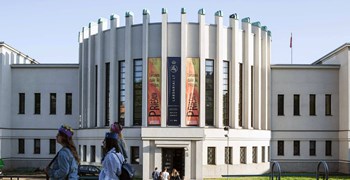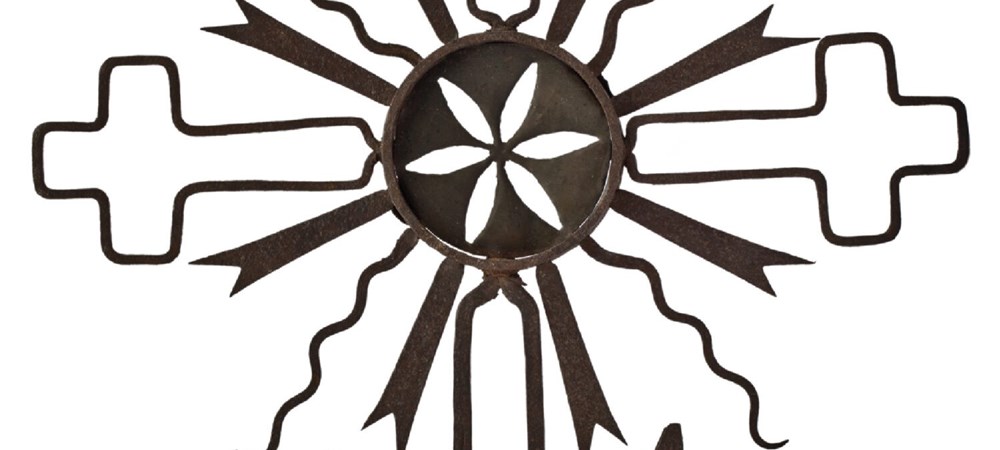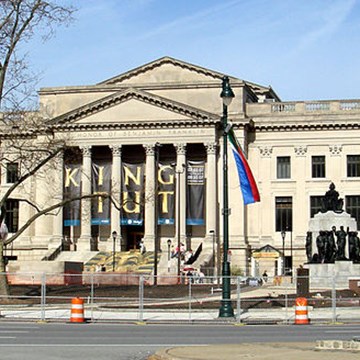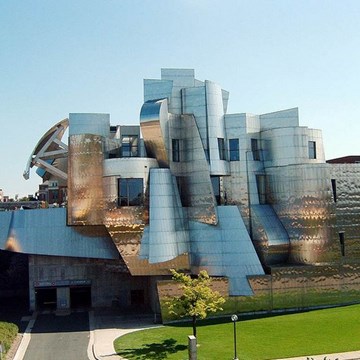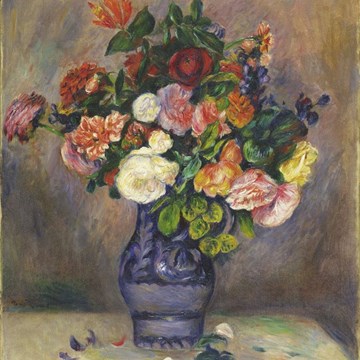“LITHUANIA – THE LAND OF CROSSES”
Lithuanian crosses are a unique phenomenon. In 2001, UNESCO included Lithuanian cross-crafting in the representative list of masterpieces of the Intangible Cultural Heritage of Humanity.
They are a synthesis of faith, tradition, artistry and craftsmanship. Lithuanians built crosses in memory of the dead or as symbols of spiritual protection. It is believed that, in pagan times, wooden pillars (the forerunners of crosses) marked extremely important places at homesteads and burial sites.
Christianity did not take hold easily in Lithuania. The cross was associated with invasions by the crusaders and the Livonian Brothers of the Sword. Nevertheless, the second wave of Christianization, successfully started by the Jesuit monks in the 17th century, won villagers over by imparting a new Christian meaning to the old customs and symbols: the signs of the sun and the moon used by the Balts were treated as a symbols of the virgin birth of Jesus.
Slowly, chapels and crosses were being erected everywhere – in the fields, by homesteads, near roads and at crossroads as protection for travelers, in forests, cemeteries and as adornment of sacred sites. Their abundance is unique.
Exhibitions and events
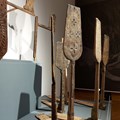
“THE ARCHAICS: LITHUANIAN FOLK ART XVIII–XX C.”
Permanent exhibitionThe exposition aims to unfold our nation’s cultural heritage of the 18th – 20th centuries through the M. K. Čiurlionis National Museum of Art’s collection of Lithuanian folk art which is comprised...
Activities from this museum
We don't have anything to show you here.
